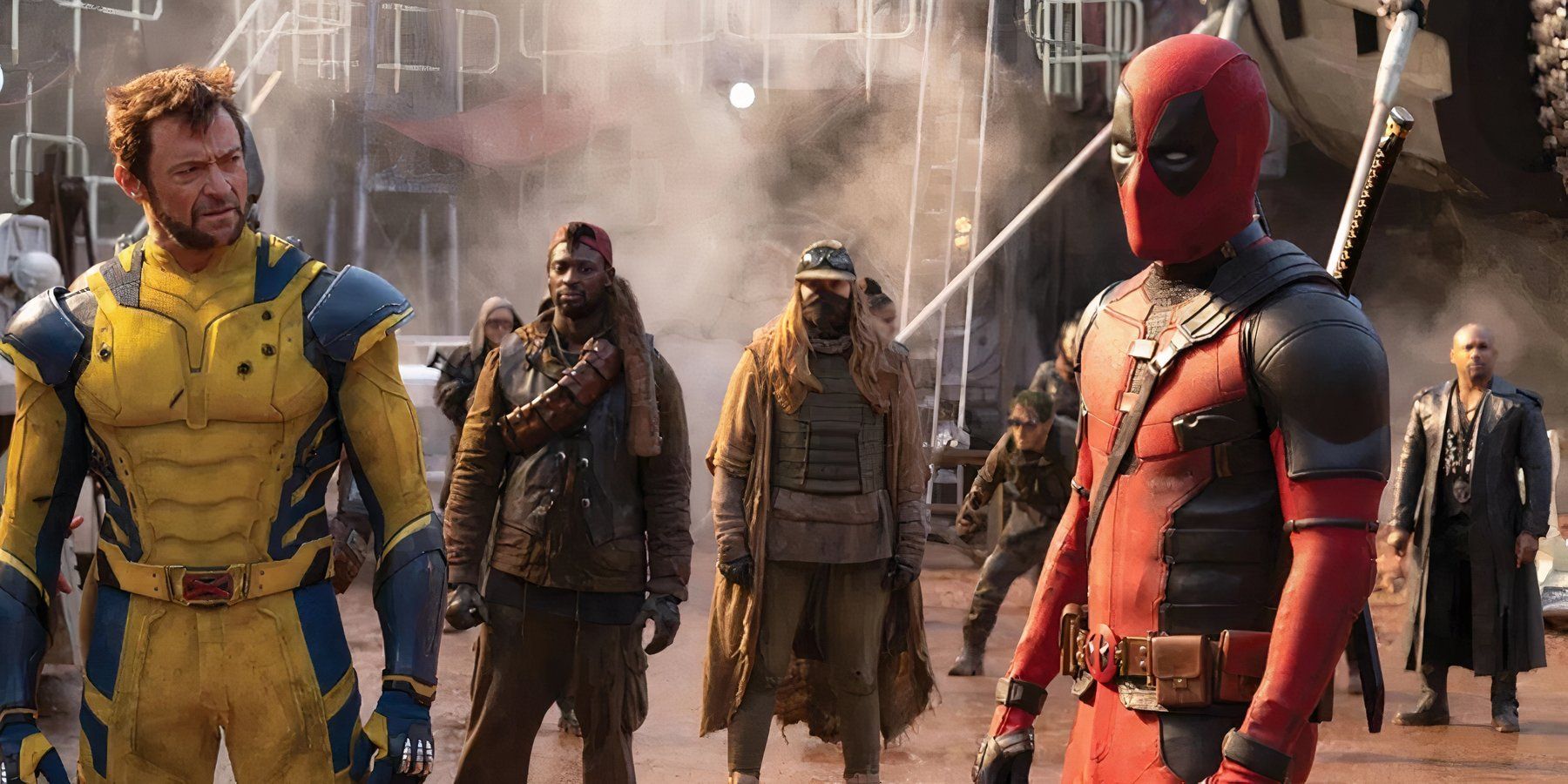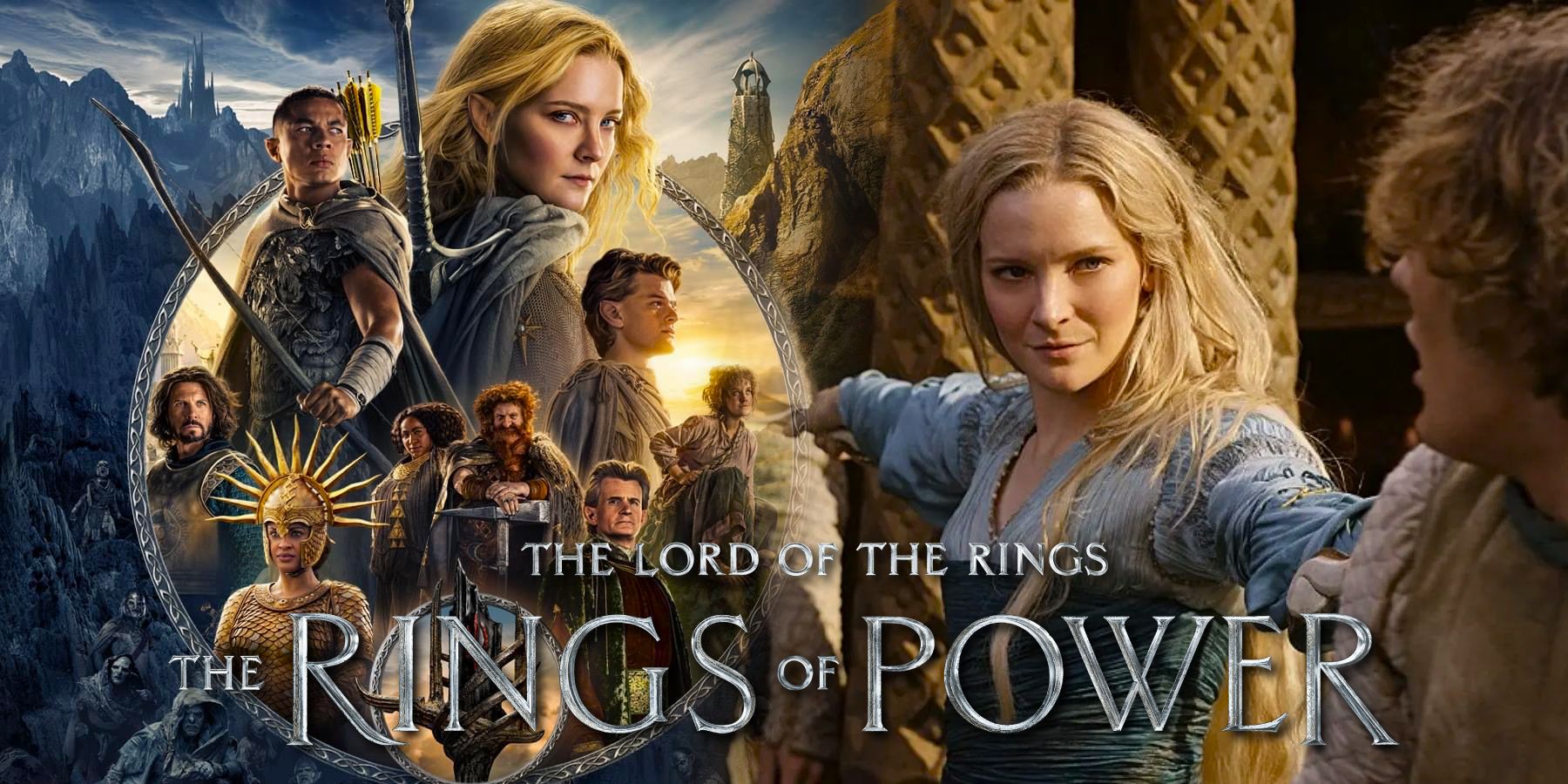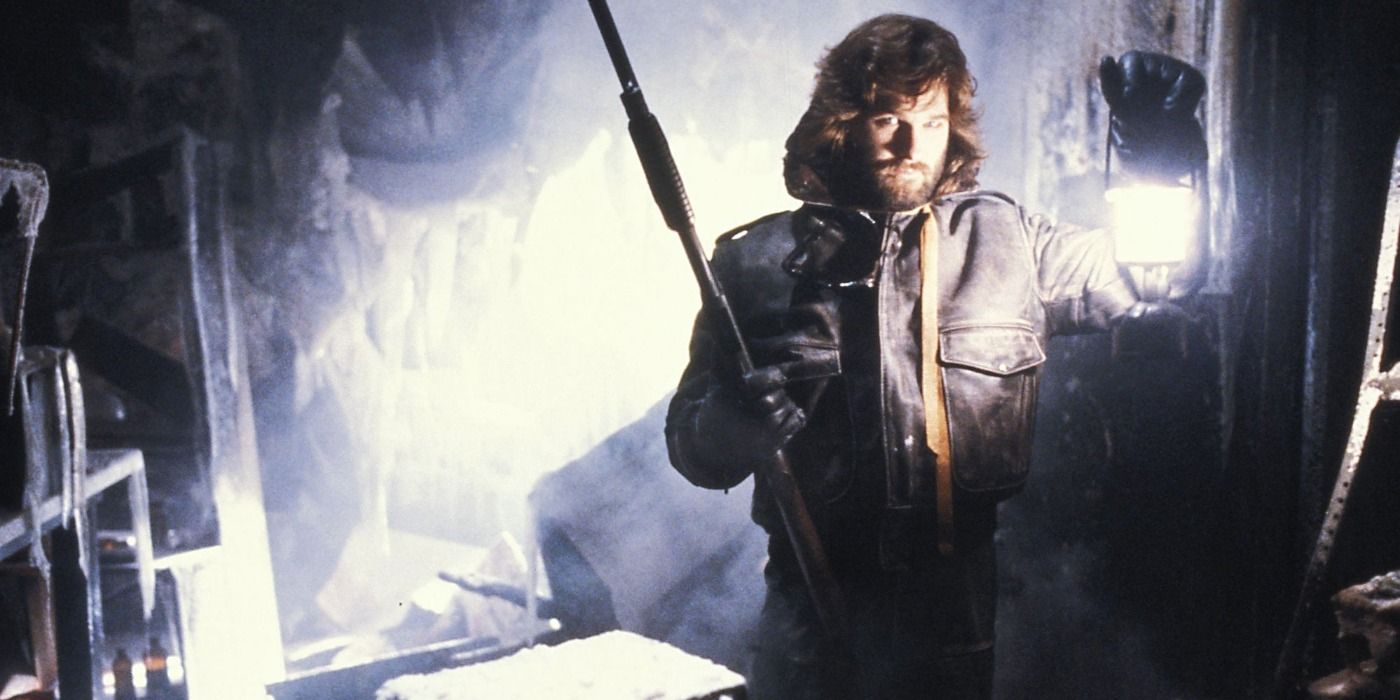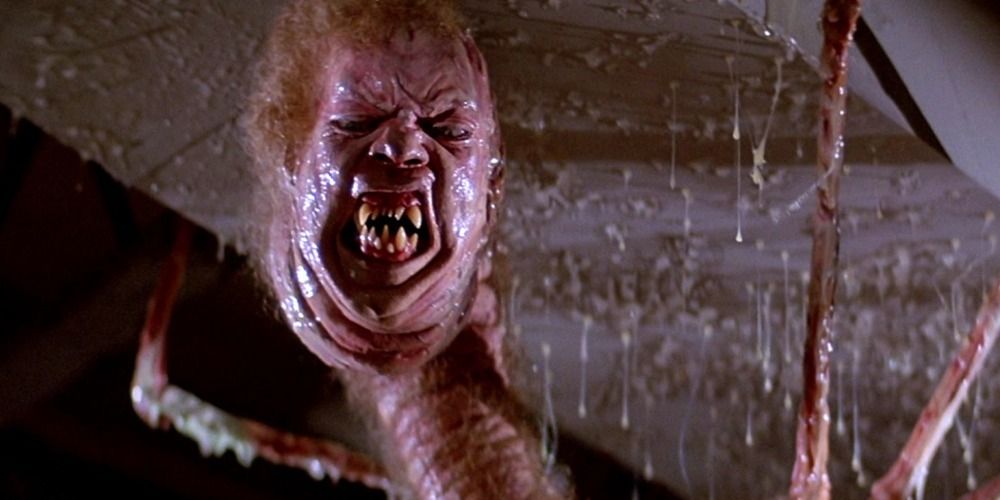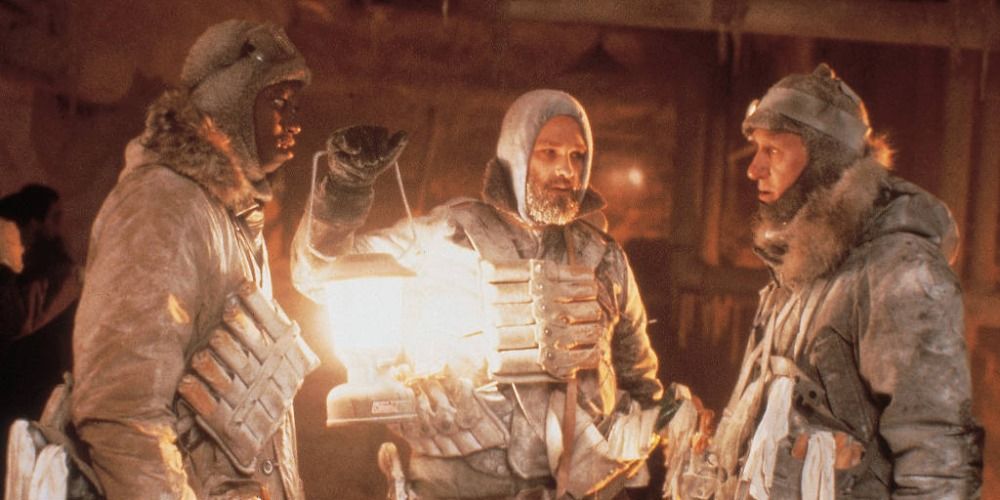Even though he's among the most influential contemporary genre filmmakers, John Carpenter's relationship with movie critics and production studios has always been rocky. After Halloween's success in 1978, Carpenter became a hot commodity, but the director was far from interested in helming normal blockbusters with predictable plots. Instead, Carpenter made a series of paranoid and cynical cross-genre features that revel in atmospherics and slow-building tension. Mainstream audiences desirous of bloody slashers, innocuous fantasies, or mindless action flicks didn't respond well to these features, nor did critics - who found Carpenter's tone too apocalyptic and anti-authoritarian. Of all the derailed Carpenter films, The Thing is by far the one critics were the most misguided about.
Carpenter's first big studio venture, The Thing was produced by Universal Pictures, who optioned to remake 1951's The Thing From Another Planet a few years before Carpenter was hired to direct. With the help of cinematographer Dean Cundey and special effects artist Rob Bottin, Carpenter adapted Bill Lancaster's screenplay about a parasitic, shape-shifting alien that wreaks havoc on a group of American researchers in Antarctica. As the extraterrestrial moves from person to person, the all-male team gradually implodes until the movie reaches a cold, dismal conclusion. When it was released on June 25, 1982, as a summer thriller, The Thing achieved mild success in theatres, earning $19 million against its $15 million budget.
That being said, most critics were disgusted by The Thing, which employs some of the most shocking body horror effects in cinematic history in order to bring the martian monster to life. These detractors also didn't appreciate Carpenter's quiet, ponderous narrative style, which relies on long takes, wide shots, shadowy settings, and a synth-heavy soundtrack from Ennio Morricone to showcase the slow decline of The Thing's doomed characters. Nearly 40 years after its release, The Thing is now considered a landmark film that was criminally underrated during its time. With its innovative FX, Lovecraftian ideas, dystopian environs, and ensemble cast that includes Kurt Russell and Keith David, The Thing went on to inspire directors like Guillermo del Toro and Quentin Tarantino - to name a few. It also developed a major cult following over the decades thanks to its release on VHS and then DVD. This leaves an important question: how were critics so wrong about The Thing?
"At The Altar Of Gore"
While some critics who wrote for sci-fi communities praised Rob Bottin's insane contributions to The Thing, many found the movie's special effects unpalatable. In Newsweek, David Ansen asserted Carpenter sacrificed the film "at the altar of gore." His sentiment was echoed by Vincent Canby in the New York Times, who sarcastically urged anyone whose "needs are met by such sights as immolations [or] wormlike tentacles that emerge from the mouth of a severed head" to watch The Thing. Others, like Alan Spencer from the magazine Starlog, believed Bottin's talents were wasted on Carpenter's vision. "It's almost like hiring Van Gogh to repaint a park bench," Spencer wrote.
Rob Bottin and his large crew of artists chose to make the creature's presence known through the ways it mutates its host's body in lieu of giving it a unique form. The creature in The Thing seeks to make an exact replica of whoever it occupies, and the film graphically highlights aspects of each gruesome metamorphosis. From the conjoined dogs discovered mid-assimilation to stomachs that grow mouths and spidery legs to stomachs that open up like mouths, Bottin worked closely with Carpenter to present audiences with a different kind of monster. The shapeless, unidentified creature signals an early cinematic turn toward more Lovecraftian horror, a trend critics in 1982 were clearly too daft to pick up on.
"Bereft, Despairing, and Nihilistic"
Lovecraftian dread also permeates every aspect of The Thing, whether it be its tempo, its themes, or its far from happy ending. At its core, The Thing traces the dissolution of the group, leaving audiences to contemplate how easily people turn on each other during tense times. Carpenter's refusal to back away from these dark concepts led critics like Linda Gross of the LA Times to call The Thing a "bereft, despairing, nihilistic" film that is "so frigid and devoid of feeling." David Kehr echoed this sentiment in The Chicago Reader, citing the "every man for himself" attitudes demonstrated by the characters as a reason to avoid it. Carpenter knew exactly what he was doing by casting a group of roughened, unreliable men in the film: mocking mainstream movie tropes about masculinity, heroes, and camaraderie.
Ultimately, The Thing's transgressive approach to generating scares kept it under the radar during its theatrical run, where it was overshadowed by more family-friendly films like E.T. the Extra-Terrestrial and Poltergeist. Due to the film's lackluster performance, Universal Pictures fired Carpenter, who was set to direct 1984's Firestarter. Carpenter's views about major movie studios remain contentious at best to this day. Carpenter stands by The Thing, calling it one of his best works. Thanks to a much-needed critical reassessment that began in the 1990s, legions of moviegoers and critics now feel the same way. There's no doubt The Thing paved the way for sinister, unrelenting films that do away with audience expectations.

